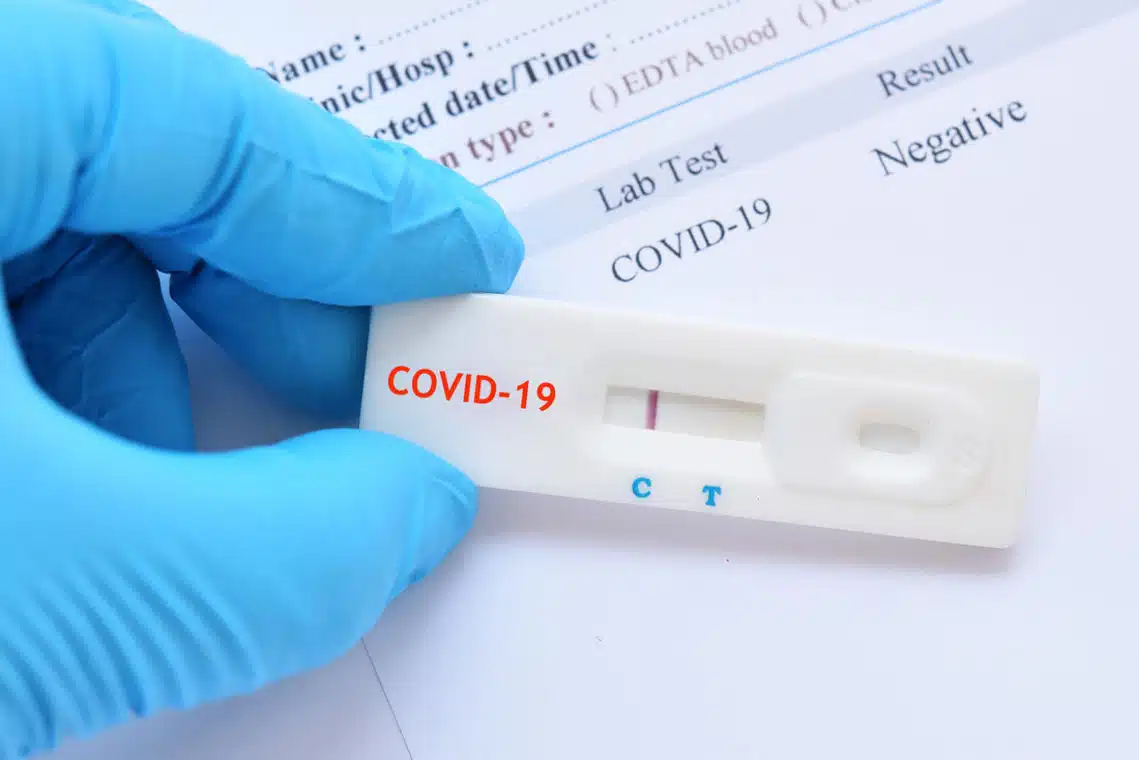The Metro Newspaper in the UK ran an article today that is both something of a non story, but also illustrates the direction in which testing is moving.
“Brits may have to film themselves taking Covid tests for international travel”, says the piece, much of which is actually sourced from a more comprehensive Daily Telegraph article.
As the headline suggests, the story says that with the UK scrapping most PCR tests for vaccinated travellers from late October in favour of antigen tests, holidaymakers may have to do antigen tests that include video verification.
It’s a non story because this is happening right now.
A number of test providers in the UK have been offering video self tests, where someone watches you swab yourself and provides you a code (that you write on the test strip), for months.
Indeed, I took one of these myself when returning from the US several months ago and intend to again in several weeks time.
In the UK, both British Airways and Virgin Atlantic work with video self test companies. In the USA, airlines that have partnered with self test providers include the big three – Delta, American and United, as well as Hawaiian Airlines and JetBlue.
Meanwhile in Germany, testFRWD is taking the process one stage further by working with Lufthansa in trialling antigen tests that have AI verification (i.e. no human involved).
We wrote about this earlier in the Summer.
My guess is that many consumers aren’t currently aware that these tests exist. However, Metro is a newspaper that is given free to commuters in major UK cities, and so articles like this help introduce the concept to a wider audience.
Once consumers are aware of it, my feeling is that it will become the test of choice where a national Covid border regime allows it.
After all, who wouldn’t want to do a test from the comfort of their own hotel room at a time of their choosing, rather than go off to a lab in a city they may not know? It’s a no brainer, really.
Of course other than awareness, the main barrier to adoption is that most countries right now do not allow tests like this for entry – though as mentioned, crucially the USA does.
However, as the testing landscape changes, and Governments respond to travel industry pressure for lighter touch (and cheaper) testing, we would expect this to change.
What’s a video self test?
There are different providers that offer these tests, but the customer journey is largely the same.
You order a test, or a pack of tests (in the US, eMed sells these in packs of six) and pack the test in your luggage.
Before your flight home you then schedule an appointment online.
At the designated time, someone watches you on video. In my case, I was connected with someone in the Philippines, who watched me unpack the test and swab myself.
I was then given a unique code to write on the test strip, that had to be visible when I submitted my result (I had to send in a photo). Half an hour after submitting it, I got my test certificate certified by a medical professional.
Sometimes the whole process is also underpinned by an app, for example eMed (which works with Delta, American and United) uses the Abbott tests and the Abbott Navica app to store results and provide a Fit to Fly pass.
As mentioned above, the next ‘frontier’ is to remove the human element altogether via AI verification.
